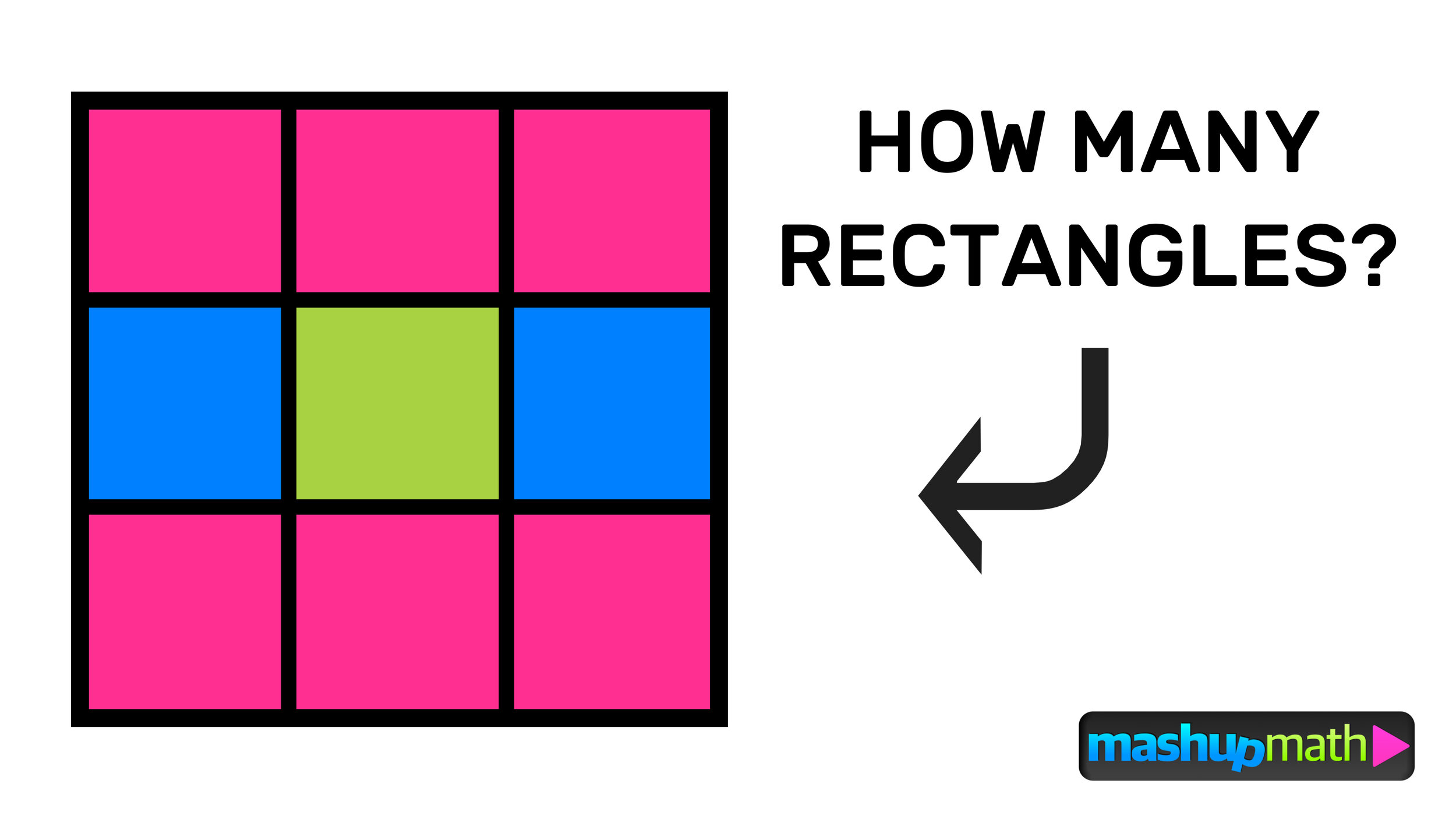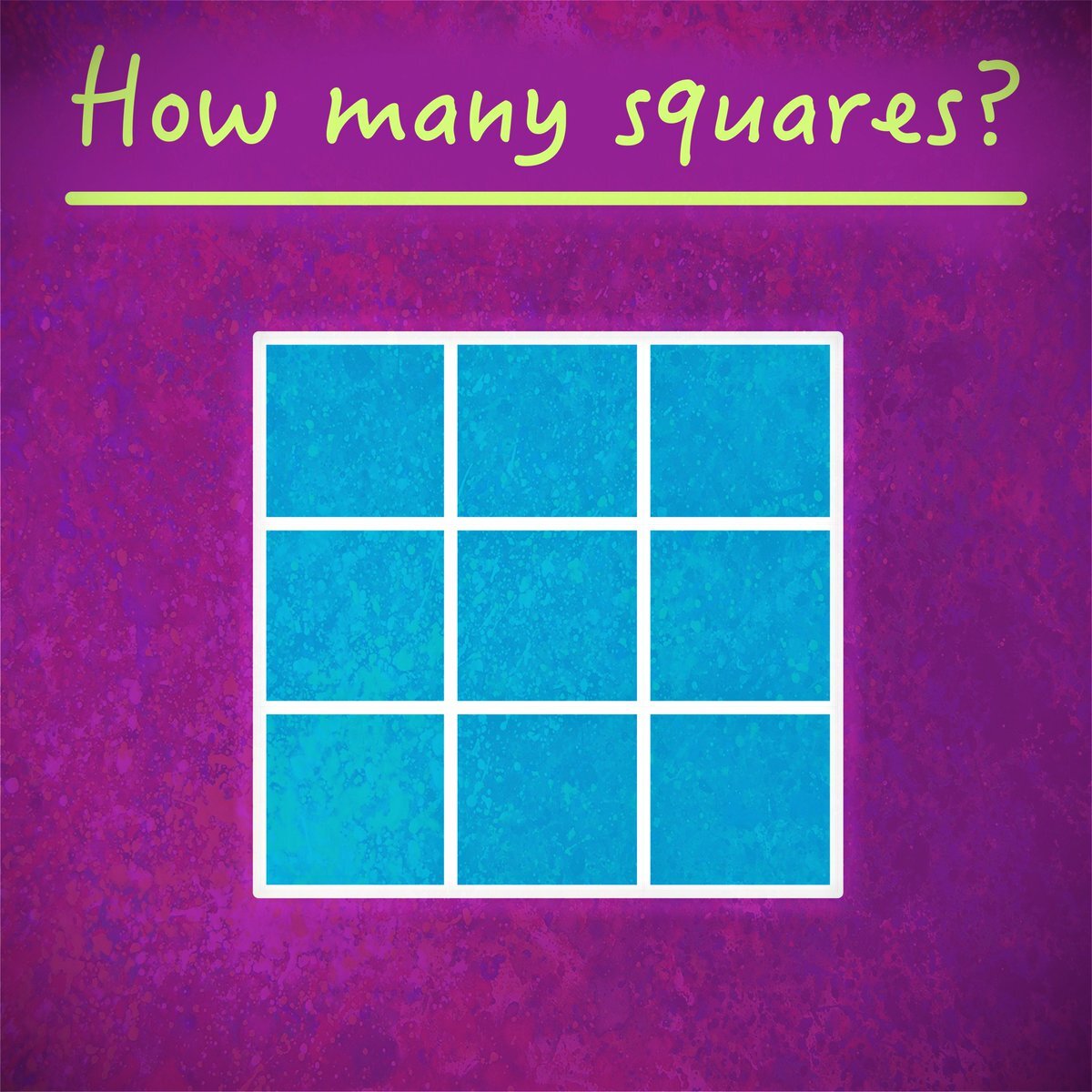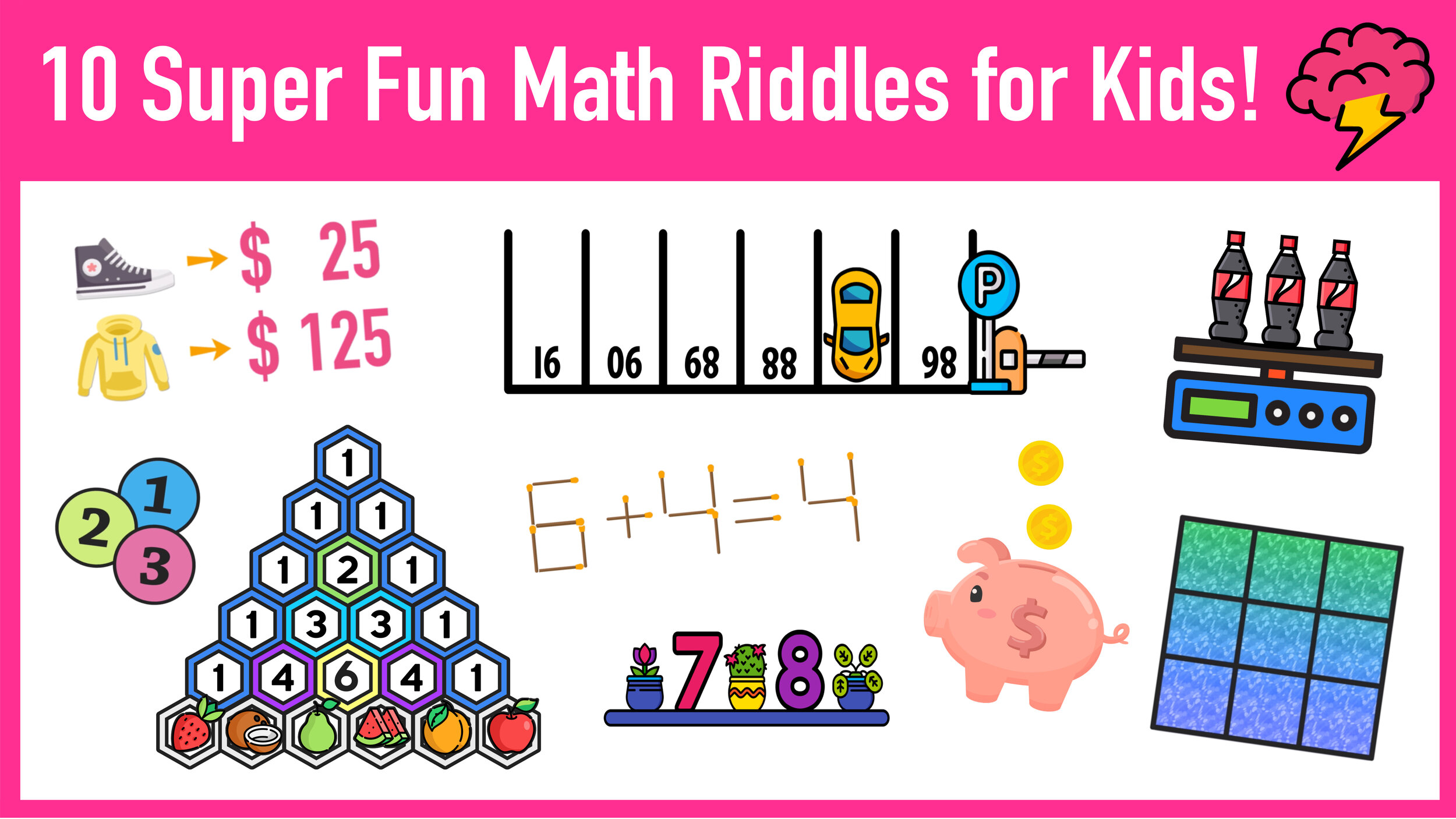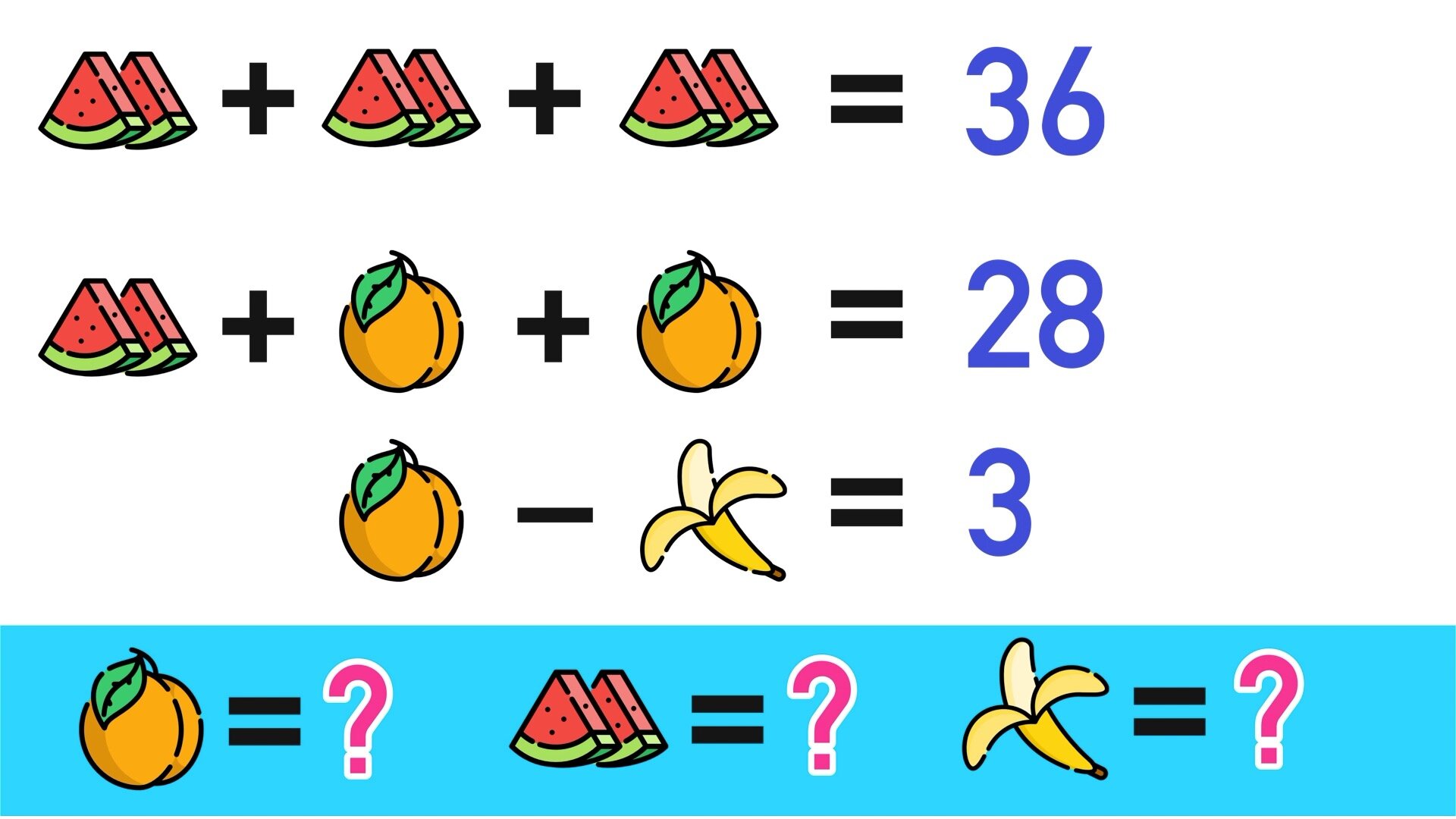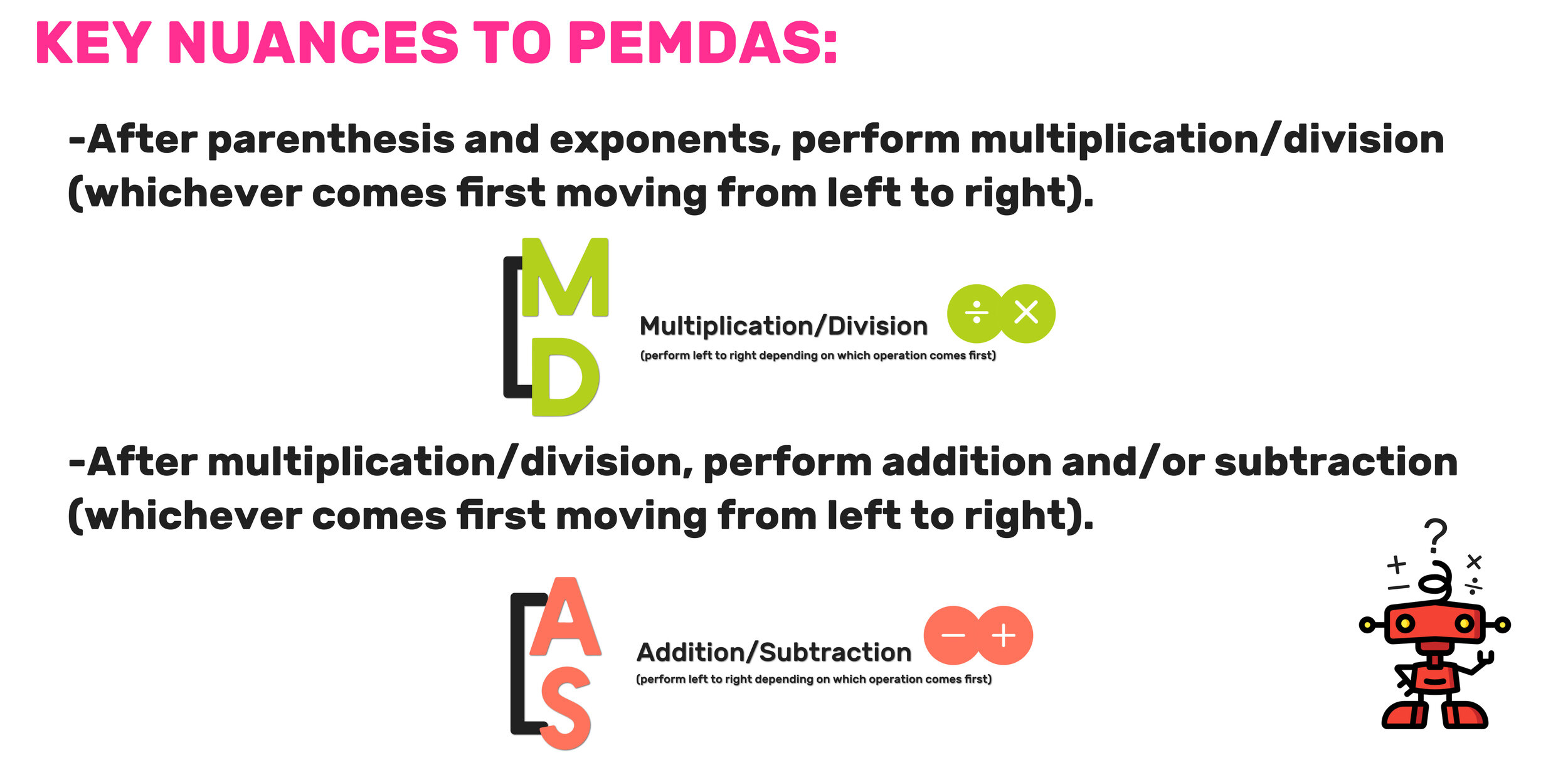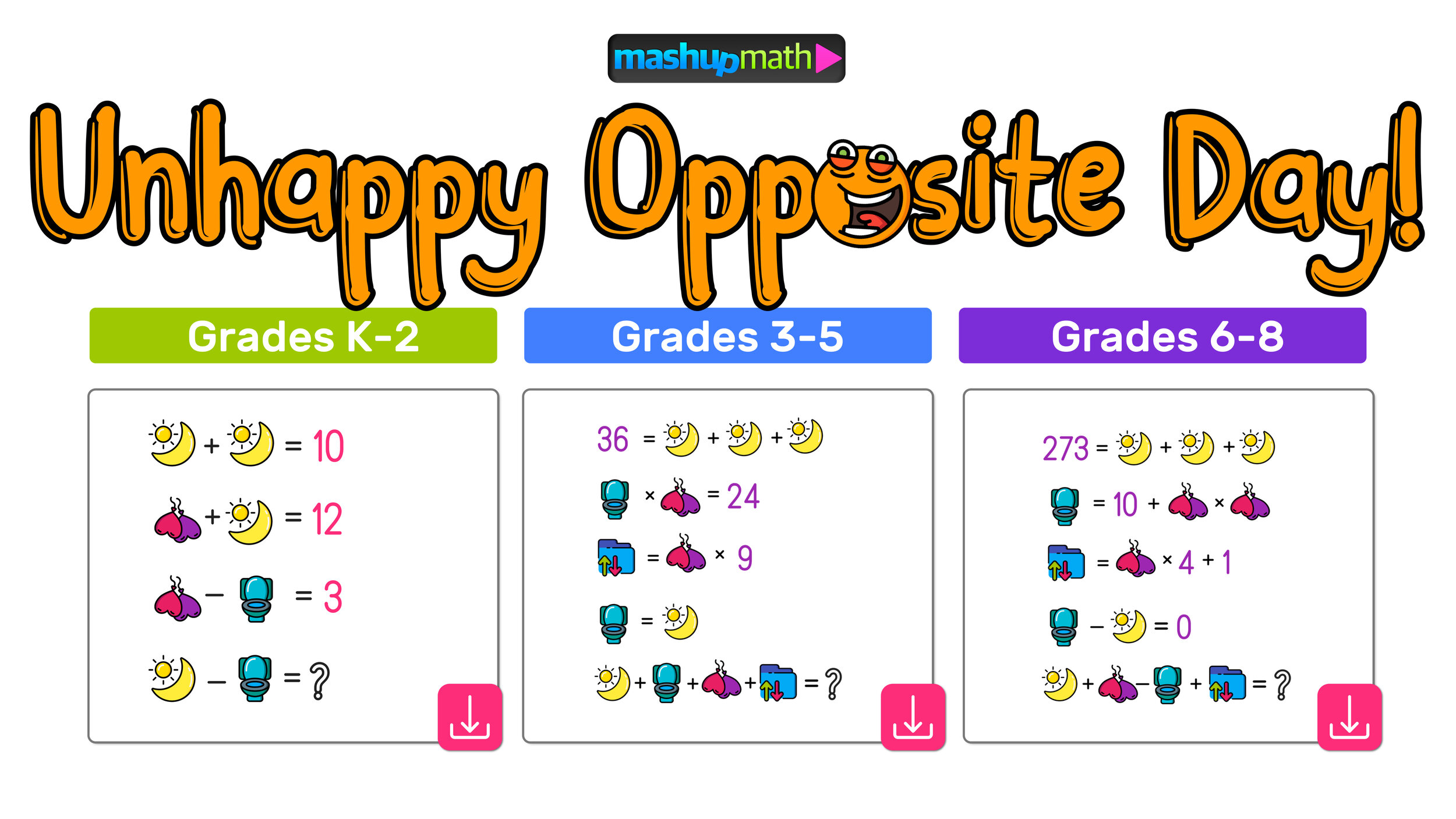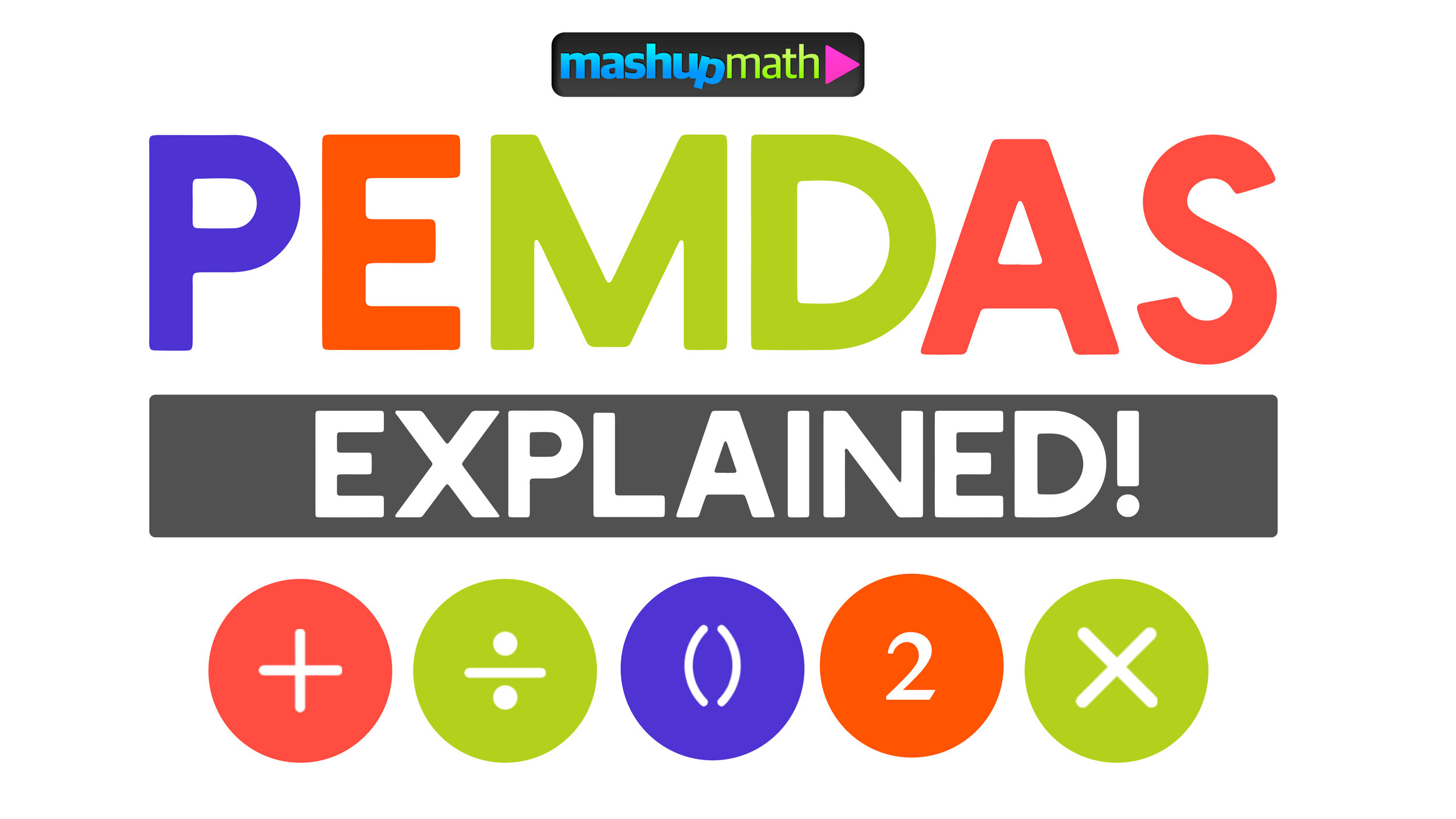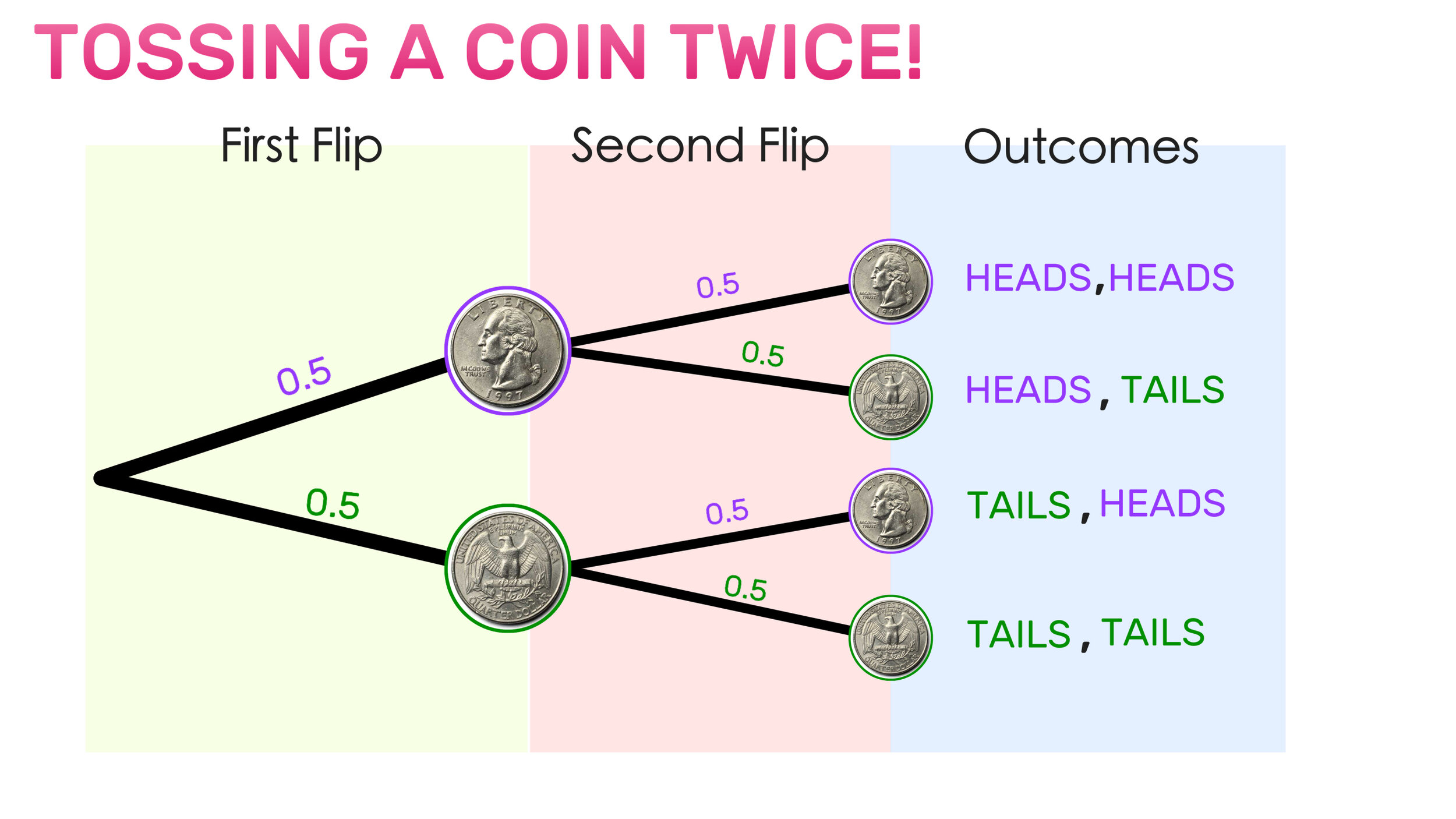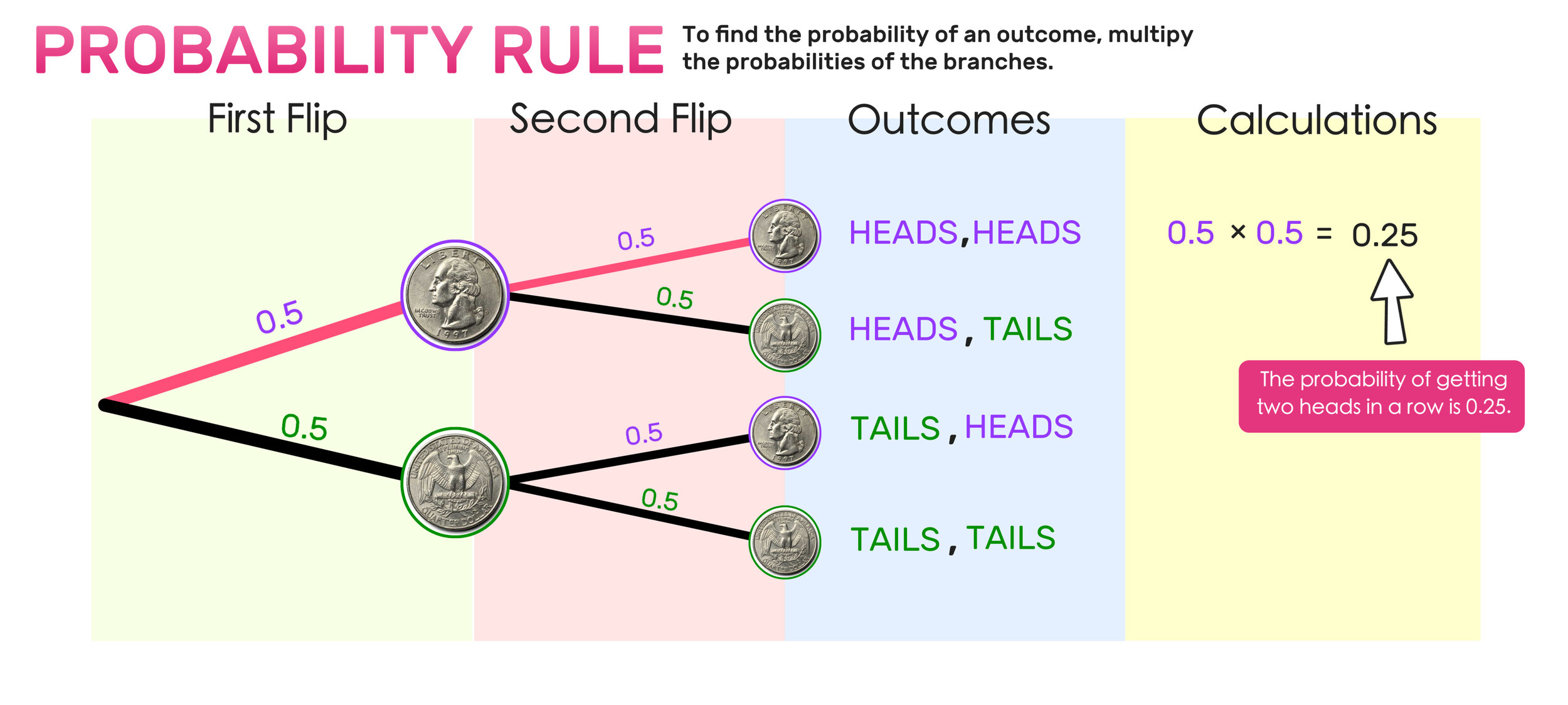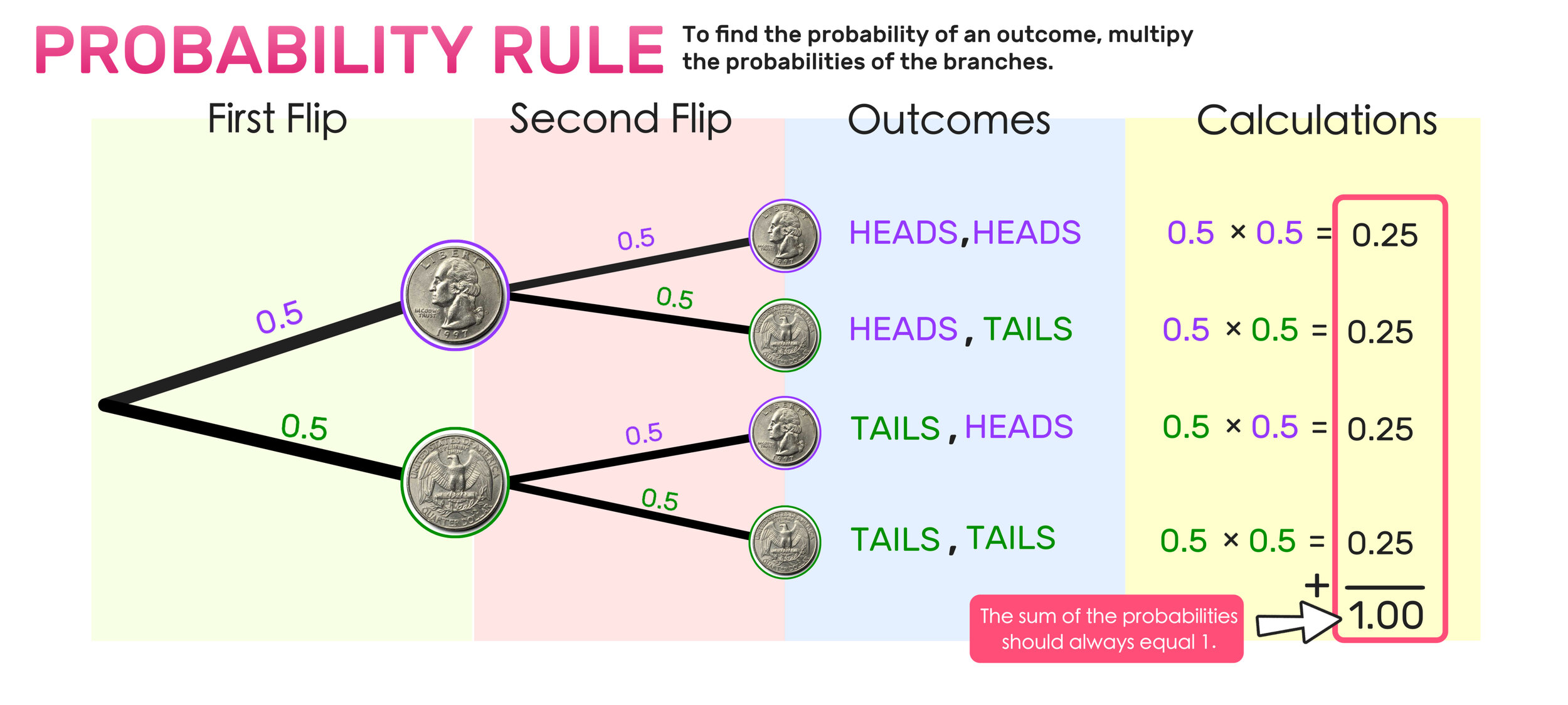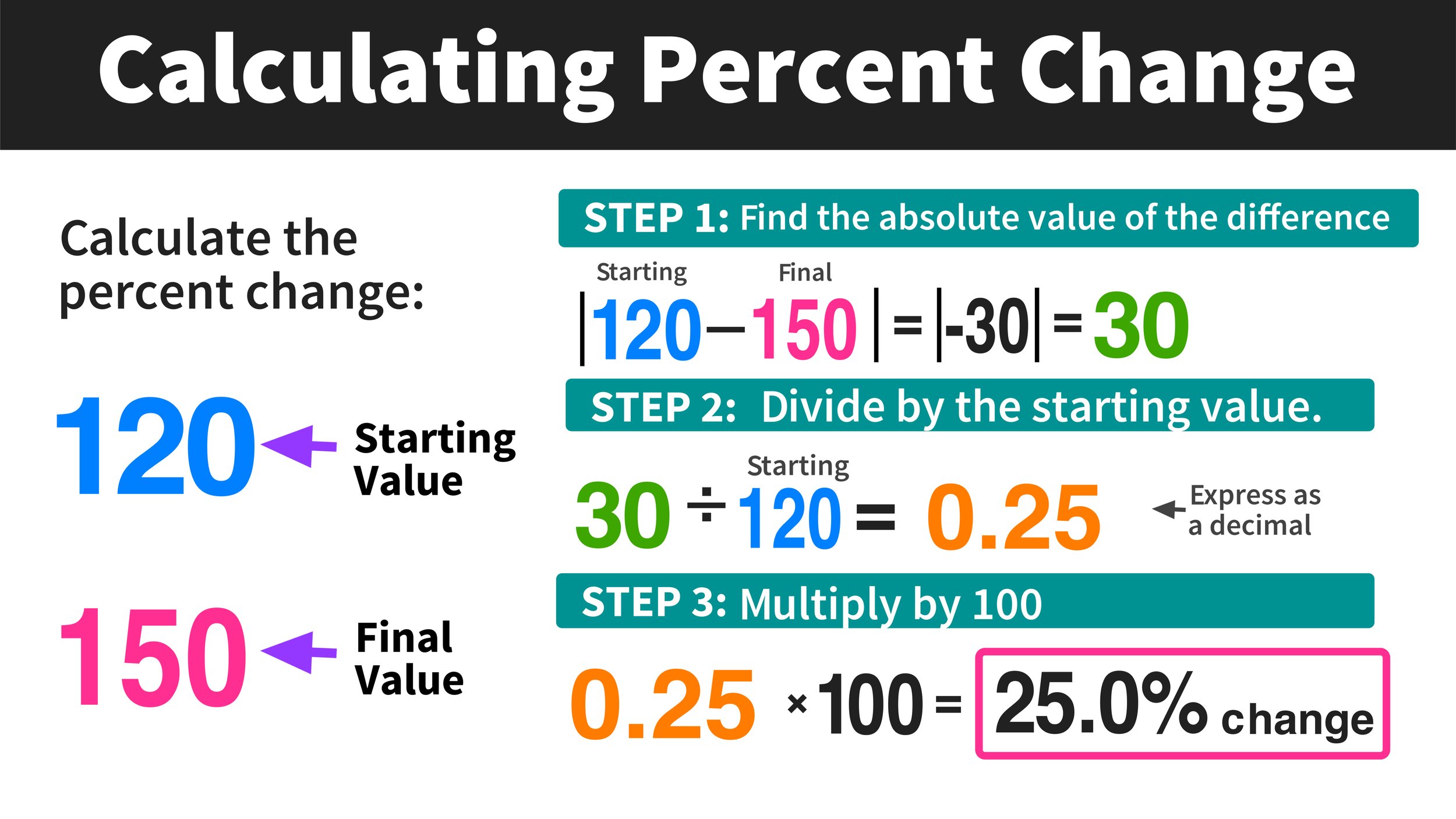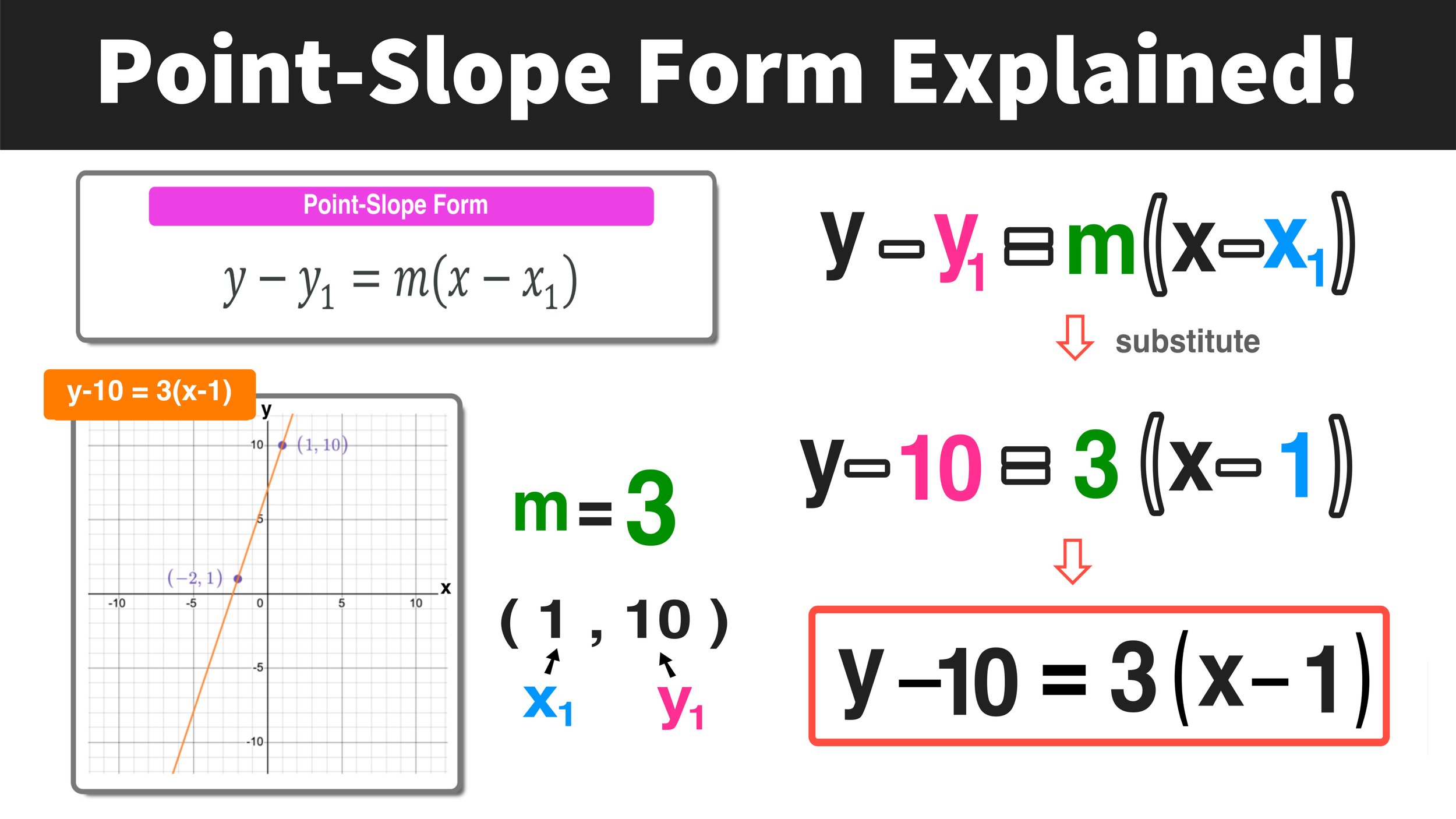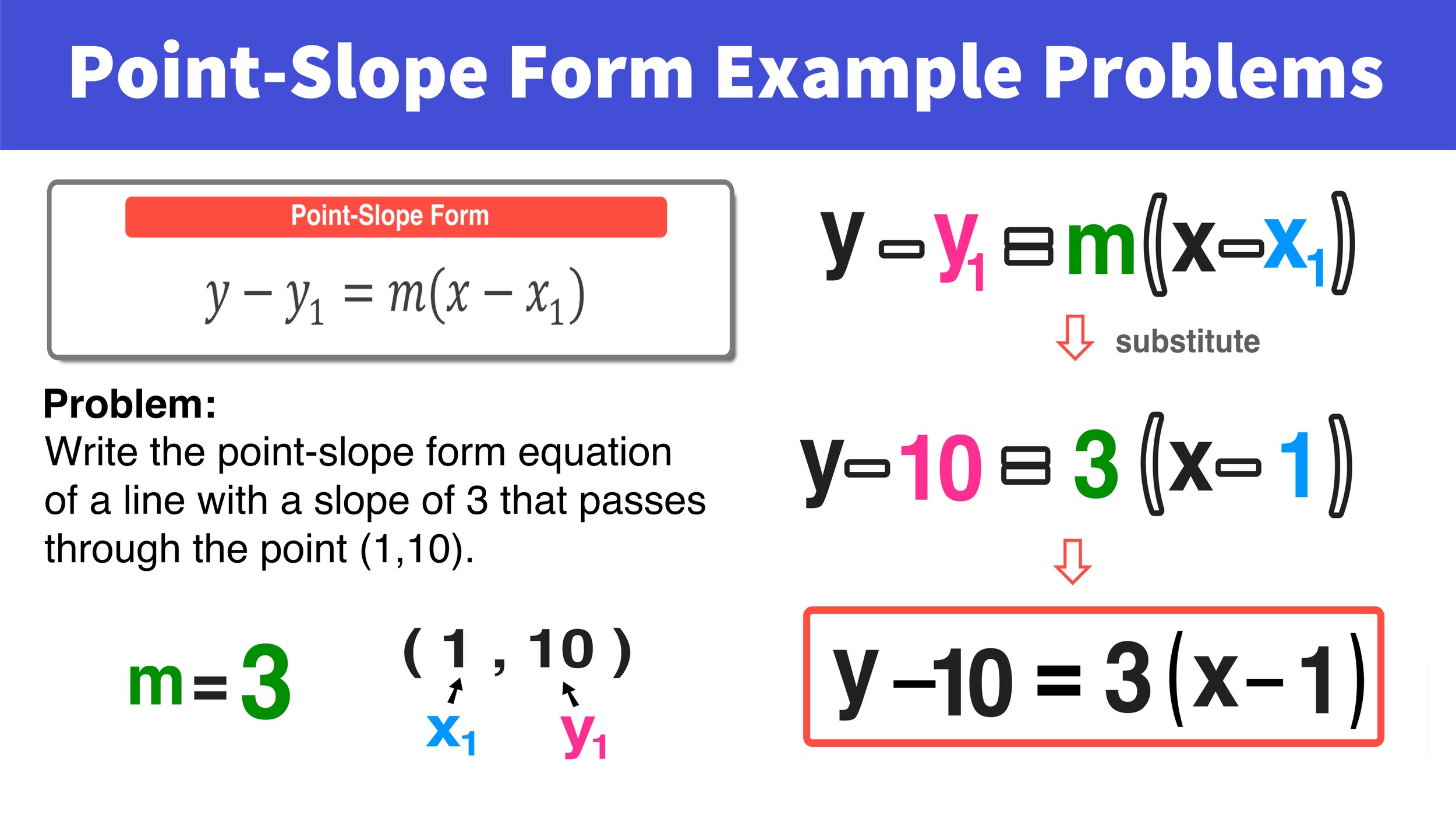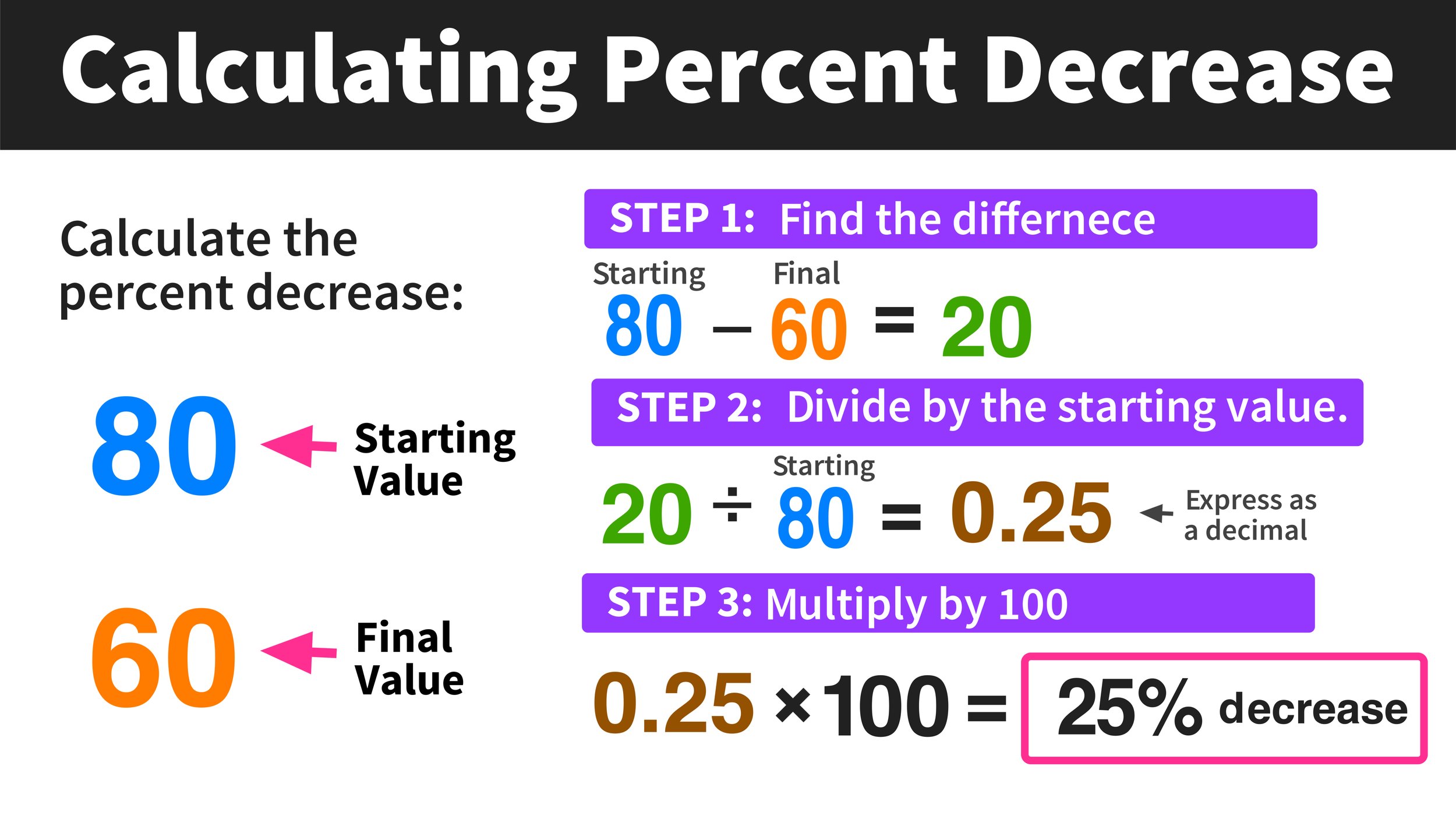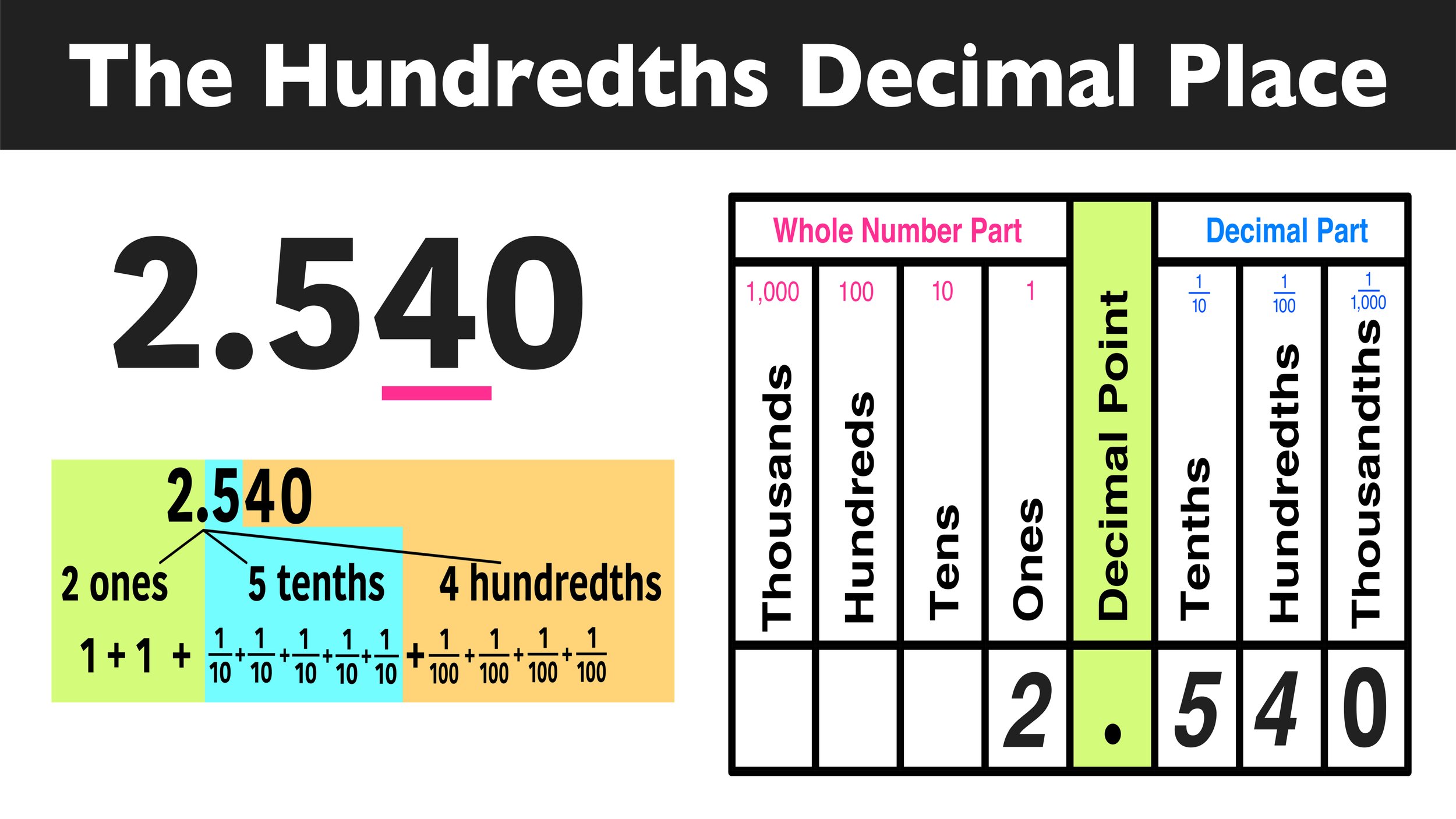The controversial real answer is finally revealed. Can you solve it?
A Post By Anthony Persico
It’s no secret that we are obsessed with math riddles, puzzles, and brain teasers here at Mashup Math. Why? Because there are not many better feelings in life than finally reaching an aha moment after mulling over a brain-bending math brain teaser for a while (sometimes hours!) and figuring out the correct answer.
Like most math fans, we love problem-solving, and, like most math fans, we can be rather hardheaded when it comes to believing that our answer is correct and that any other answer is obviously wrong.
So, it was no surprise that a seemingly simple yet controversial math puzzle forced us to drop everything we were doing and spend an entire morning arguing about who had found the elusive right answer.
We have been sharing the rectangle math riddle with math fans for a while—well, sort of. The original math puzzle was nearly identical, except that it asks How Many Squares? (Not How Many Rectangles). This problem, shown below, is not too difficult to solve and it is appropriate for students at the elementary levels and above.
The Original Problem: How Many Squares?
When squares are involved, most people can figure out that the answer is 14 total squares.
(Hint: if you are unsure of how to solve the Squares Problem, remember that some of the squares are overlapping).
14 Total Squares
But What If I asked How Many Rectangles?
The How Many Squares Problem? is relatively simple and easy to solve. So, why does replacing Squares with Rectangles cause so much controversy?
This craziness all started when I received a text from a friend asking me if I had a quick math puzzle that I could send her to share with her son, a 4th-grade student, to try and solve before bed. With the How Many Squares? puzzle in mind, I quickly sketched the puzzle on a piece of lined paper using a Sharpie, took a picture with my phone, and sent it over to her. And, since I already had the picture, I also tweeted it out to all of our followers and went on with my evening.
This was the Tweet that launched a thousand different answers:
Got a number? pic.twitter.com/zTWl9WjOjW
— Mashup Math (@mashupmath) January 7, 2021
It wasn’t until the next morning that I saw that the tweet had over 200 replies and that I had accidentally asked How Many Rectangles? instead of How Many Squares?
And so, the controversy began.
Dozens of different solutions were being shared and several arguments breaking out.
I could have spent my entire day reading Twitter replies, but instead, I shared the puzzle with some friends who happen to be self-proclaimed Geometry wizards to see if there was a consensus solution. And I myself was on a quest to figure out why such a seemingly simple math puzzle had caused so much controversy.
Want to try the problem on your own? If so, don’t go any further. Stop here and try to solve the puzzle and come on back when you’re finished.
Gee, that was pretty quick! Are you ready to see the solution?
Unlike many popular math riddles and brain teasers that are purposely ambiguous and can have multiple answers, this math puzzle has one single, undeniable answer, and it’s 36 total rectangles.
Before we look at why 36 is the solution, let’s take a look at some of the most common responses on Twitter:
As you can see, there is a wide variety of answers and only a small percentage of people found the correct answer.
Some people even went as far as to claim that there are actually zero rectangles and blamed my inability to draw straight lines freehand…
I'll be sure to use a ruler next time.
Anyways, here is one more notable Tweet that will launch our discussion into why the actual answer is 36 rectangles:
How to Solve the Rectangles Math Riddle
Miri’s tweet is notable because she draws attention to a very important math fact that many people are forgetting or unaware of—that a square is a rectangle.
What!?
It’s true. By definition, a rectangle is a plane figure with four straight sides and four right angles, especially one with unequal adjacent sides.
And a square certainly fits this definition. In fact, a square a special kind of rectangle (check out the Is a Square a Rectangle? video below for a more in-depth explanation.
Now that we know that a square is a rectangle, we can use the same approach to How Many Squares? problem to solve the Rectangle Math Puzzle.
Here’s a handy diagram of how to find each possible rectangle:
Rectangle Math Puzzle Solution Breakdown
Start by counting all of the squares, in which there are 14 in total (shaded in pink). Did you remember to count the large perimeter square?
Squares: 14
Then move onto counting ALL of the rectangles:
1x3 Rectangles (Blue): 6
2x3 Rectangles (Green): 4
1x2 Rectangles (Orange): 12
Finally, find the sum of all of the rectangles:
14 + 6 + 4 + 12 = 36 Total Rectangles
Do YOU Want More Fun Math Riddles, Puzzles, and Brain Teasers?
Wasn’t that fun? If you want to take on more brain-bending math puzzles to sharpen your mind and improve your problem-solving skills, check out the links below:



